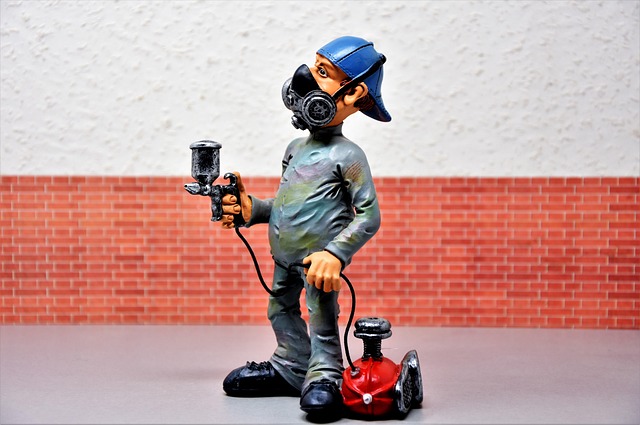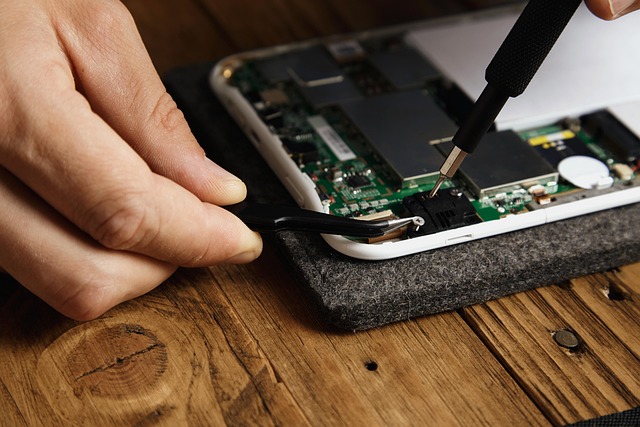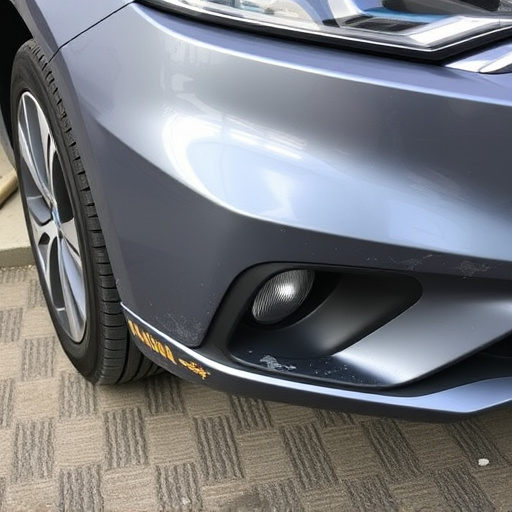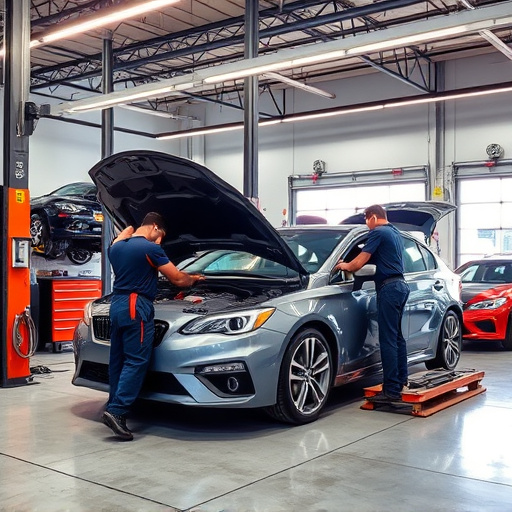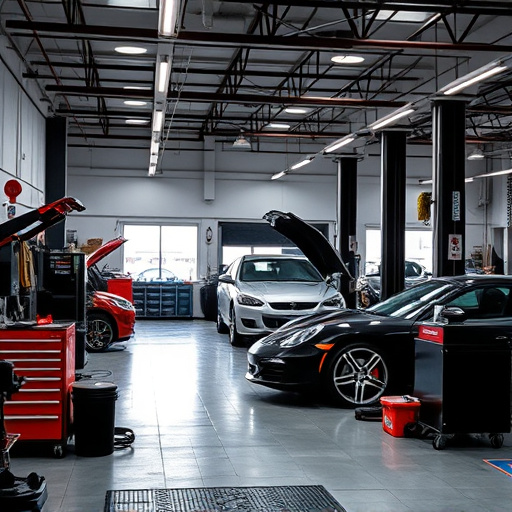Managing customer repair expectations through active listening, transparent communication, and empathetic techniques is vital in collision centers. By understanding client emotions, providing simple language explanations, and role-playing feedback scenarios, auto body repair shops can deliver exceptional service, build trust, encourage repeat business, and foster positive word-of-mouth referrals, thereby exceeding customer repair expectations.
In today’s competitive market, understanding and exceeding customer repair expectations is paramount for service providers. This article delves into the critical role empathy plays in shaping these expectations, exploring strategies to enhance client satisfaction through active listening and empathetic practices. By implementing these approaches, businesses can transform the typical repair experience into a positive, personalized interaction, fostering loyalty and differentiating their brand in a crowded market.
- Understanding Customer Repair Expectations
- The Power of Active Listening in Service
- Strategies to Enhance Empathy in Repairs
Understanding Customer Repair Expectations
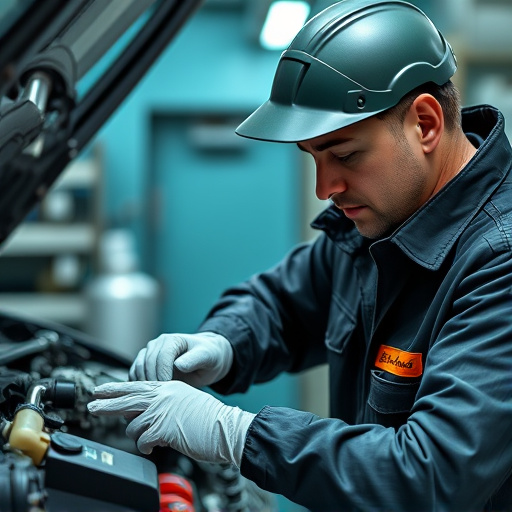
In the realm of customer service, especially within collision centers and auto body repair shops, understanding customer repair expectations is paramount to fostering satisfaction and loyalty. Customers who have experienced vehicle damage, whether from an accident or other incidents, come with varying levels of knowledge and expectations regarding the repair process. Some may have had previous experiences with collision damage repair and possess clear ideas about what they want, while others might be unfamiliar with auto body repairs and rely heavily on the expertise of professionals.
By proactively engaging customers in conversations about their ideal outcomes, repair facilities can set realistic expectations. This involves explaining the entire process, from initial assessment to final touch-ups, using simple language that avoids technical jargon. Providing transparent estimates for auto body repairs based on thorough inspections ensures customers are aware of potential timelines and costs. Such transparency builds trust and allows individuals to make informed decisions, contributing to a positive customer experience in what could otherwise be a stressful situation.
The Power of Active Listening in Service
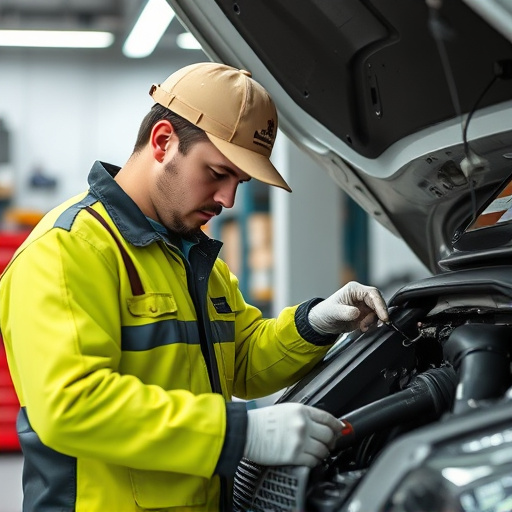
In today’s competitive market, exceeding customer expectations is key to success. One powerful tool that can significantly enhance service delivery is active listening. It involves fully concentrating on what a customer is saying, asking clarifying questions, and demonstrating understanding. This simple yet profound act fosters a sense of respect and connection, building trust between the customer and the repair service provider. When it comes to managing customer repair expectations, especially for issues like car scratch repair or auto body repair, active listening plays a crucial role in setting accurate timelines and addressing concerns.
By actively listening, service providers can grasp not just the physical aspect of the repair needed (like paintless dent repair techniques), but also the emotional investment customers have in their vehicles. This empathetic approach ensures that beyond fixing the tangible damage, the customer feels heard and valued. It transforms the traditional transaction into a relationship-building experience, encouraging repeat business and positive word-of-mouth referrals.
Strategies to Enhance Empathy in Repairs

In addressing customer repair expectations, enhancing empathy within the repair process is a game-changer. Training staff to recognize and understand customer emotions can significantly improve client satisfaction. Technicians should be equipped with communication skills to actively listen, acknowledge concerns, and express genuine care. This involves using empathetic language, such as validating their feelings (“I understand this must be frustrating”) and reflecting on their emotions to show understanding.
Implementing role-playing scenarios during training sessions can help technicians practice handling various emotional responses. Additionally, fostering a culture of open feedback encourages customers to share their experiences, allowing businesses to continually improve their services. By integrating these strategies, automotive collision repair or restoration shops can elevate the customer journey, ensuring that clients feel valued and supported throughout the repair process, thereby enhancing their overall experience with collision repair services.
Empathy is a powerful tool for enhancing customer satisfaction and loyalty, especially when it comes to managing repair expectations. By implementing active listening techniques and fostering an empathetic culture, service providers can significantly improve their relationships with clients. Understanding and addressing customer needs on a human level ensures that every interaction becomes an opportunity to build trust and create a positive impact, ultimately surpassing repair expectations.


